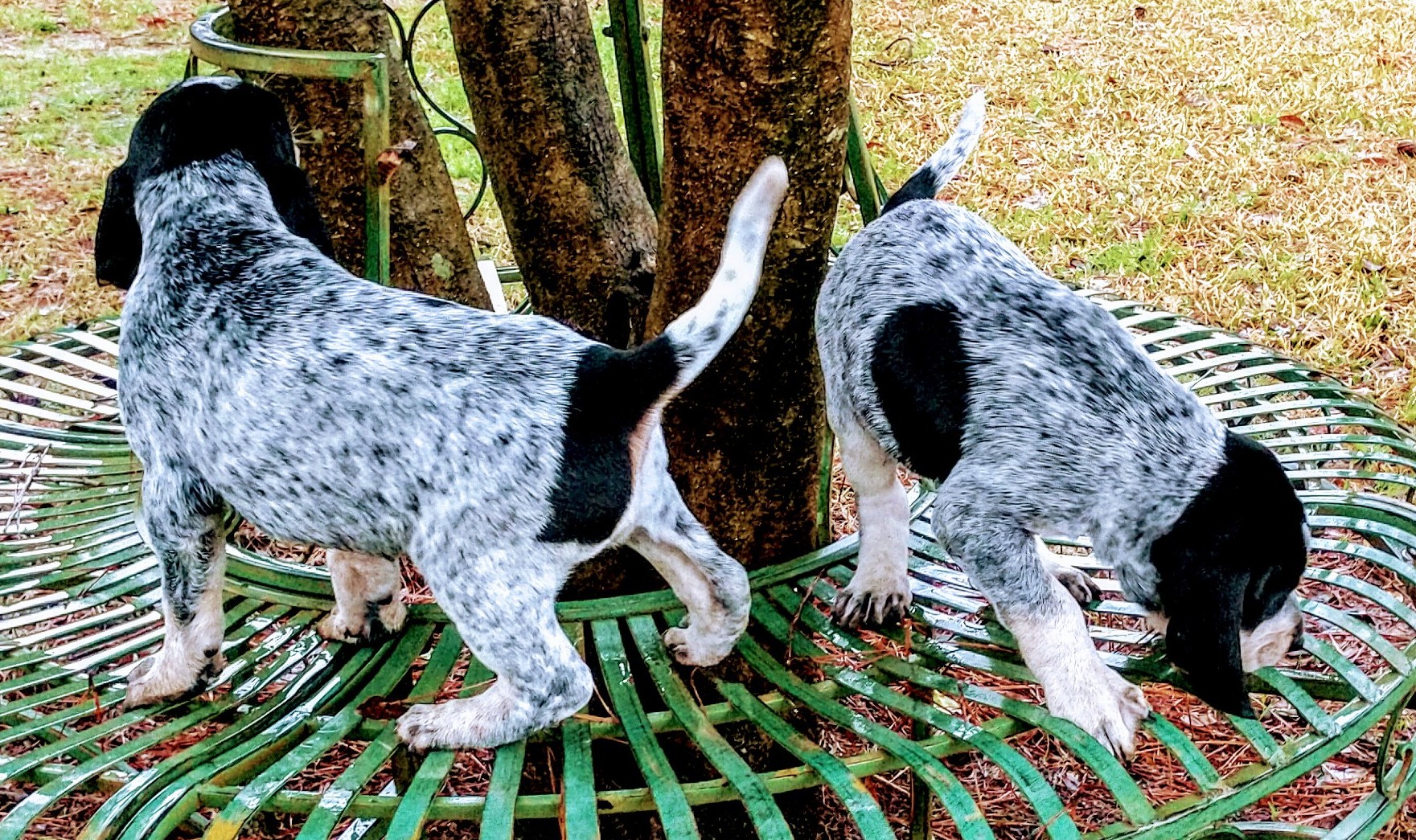
General information – This breed is also known as a Coonhound. Make sure that you check their ears regularly and that they are clean and infection free. Grooming – This breed only need an occasional groom or brush. Life Expectancy – The life expectancy of blue tick hounds is approximately 11 – 12 years of age. Height and Weight – Blue tick hounds grow to about 20-27 inchs in height (51-69 cm) and can weigh up to 45-80 pounds (20-36 kg.) It is not unusual for this breed to run off if let off the leash or if they have caught a scent. This breed like to have a nice sized yard – so a flat or apartment are not ideal. This breed also have a habit of salivating and drooling if you eat in front of them or they see human food.Įxercise & Living Conditions – This breed need lots of exercise and can become quite destructive or highly strung if they are not given enough exercise. Intelligence – They are a very intelligent dog – remember that they are a hound – so if well trained they can be a friendly but this friendliness can sometimes be confused as aggression due to their habit of greeting strangers by howling and sniffing them until they decide to stop!

Although this breed are unlikely to be aggressive with children or the family they can be quite aggressive with other dogs. They are a difficult breed to train and as a hunting breed you need to be strong pack leader when training them. Temperament & Training – Blue tick hounds are great with children and ideal for the family, they are also very loyal. Their neck should be arched and muscular. This breed has excellent eyesight which enables them to work well at night. Muzzle – The muzzle is quite square and should be slightly shorter than the depth of the skull.Įyes – Their eyes should be large and set relatively wide apart. As with all dogs that have floppy ears it is important that they are kept clean as they can be prone to ear yeast infections.

On a white background this mottled coloring creates a blue appearance (hence the name).Įars – This breed has ears that are set quite low and can reach its nose (as you can see from the picture above). The ‘blue’ appearance of the Hound is due to the black and white mottling that covers their body – this mottled color cover it’s whole body with black spots intermittently covering the back of the head and ears. It’s color and appearance is quite similar to the blue tick Beagle. Keep your Bluetick in a secure area or on a leash.Blue Tick Hounds – A Complete Guide to this Breed A Complete Guide to Blue Tick Hounds…Ĭoat – Blue tick hounds have a very thick short coat that when touched or stroked can feel quite rough. If properly trained, they can get along well with children and are not aggressive with other dogs.īecause of their high prey drive, Bluetick Coonhounds need supervision when other animals are near. Wary of strangers, these dogs require training and socialization. How Friendly Are Bluetick Coonhounds?īluetick Coonhounds are smart and devoted.

Each Bluetick Coonhound has a unique howl (or bay). The American Kennel Club (AKC) officially recognized the breed in 2009. The first breed standard was written in 1946, the same year the United Kennel Club (UKC) of England registered the breed.

Red and blue puppies appeared together in litters and were classified as English (red) or Bluetick (blue) Coonhounds. The hunters started breeding for this trait and wanted the new dogs classified as Bluetick Coonhounds (they were previously classed as English Coonhounds). Over time, speed became less important to hunters who wanted dogs who could follow scents that were days or even weeks old to find nearby game hideouts. They were probably used for hunting and later crossed with English Foxhounds for speed. The dogs were believed to be a mix of white and blue hounds (Grand Gascon Saintongeois and Grand Bleu de Gascogne). George Washington received 5 French hounds from the Marquis de Lafayette. Where Bluetick Coonhounds Came FromĪccording to the American Bluetick Coonhound Association, Bluetick Coonhounds came about when Gen.


 0 kommentar(er)
0 kommentar(er)
